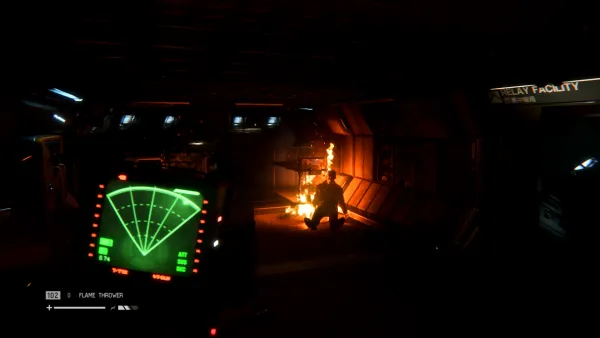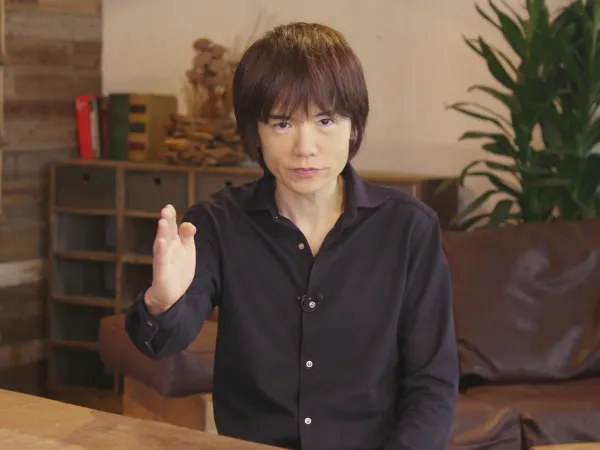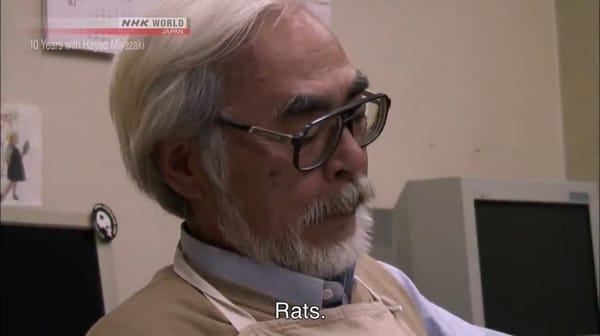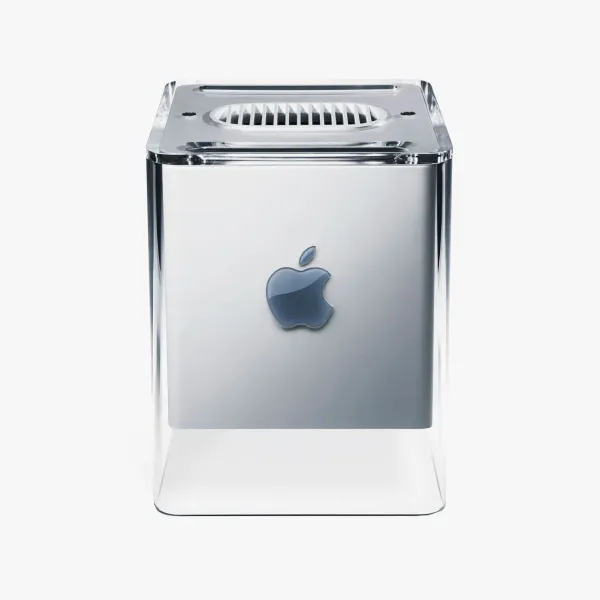Most survival games make you feel like a scrappy underdog. Subnautica makes you feel like prey.
It throws you into the deep with no map, no weapons, and no clear direction—just a sense of wonder and dread. You’re not meant to conquer the ocean.
You’re meant to survive it.
And the way it builds that experience isn’t through over-designed systems or flashy mechanics. It’s through restraint, smart choices, and an environment that’s always one step ahead of you.
Let’s look at how Subnautica uses the ocean itself as its most effective level designer—and why it works so damn well.
The Ocean Itself: The Ultimate Level Designer
Right off the bat, the most genius design decision Unknown Worlds made was the setting. An alien ocean. Think about it.
Most survival games give you land – forests, deserts, frozen tundras. You can see your horizon, plan routes, build walls. Subnautica throws you into an environment that’s inherently disorienting, claustrophobic, and taps into that primal, deep-seated human unease about what lurks beneath the waves (hello, thalassophobia, my old friend).

They didn't need to invent complex boogeymen initially; the ocean is the antagonist.
Running out of oxygen? That's the environment trying to kill you. Getting lost in a dark cave system? Environment. Accidentally diving too deep and hearing your Seamoth groan under the pressure? Environment.
It’s a constant, passive threat that dictates everything you do. Pure brilliance.
Progression: The Gentle (Terrifying) Nudge Downwards
How do you guide players in an open world without plastering giant objective markers everywhere?
Subnautica nails this. As the Reddit post highlighted, "the only way up is down."
The core loop is beautifully simple: explore to find resources and blueprints, craft better gear to explore deeper and further, which lets you find better resources and crucial story beats.
It's not hand-holding; it's need-based guidance. You need aerogel? Guess you gotta brave the spooky mushroom forest or creep around the Bulb Zone. Need nickel? Time to face the Lost River.
And I hated the Lost River.

The game gently, persistently funnels you towards increasingly dangerous, but awe-inspiring, biomes by tying vital progression materials to them.
You can potter about in the Shallows forever, but the call of the unknown (and the need for that next depth module) is a powerful lure, expertly woven into the resource chain.
This forces you, at your own pace, to confront those fears the game so masterfully cultivates.
Art Style & Sound: Beauty and the Beasts
Let's be real, as International-Shoe40 pointed out, if Subnautica looked hyper-realistic, many of us (myself included) would have noped out permanently. The slightly stylised, vibrant, almost cartoonish art style is another masterstroke.
It creates this incredible juxtaposition: the world is often breathtakingly beautiful, full of dazzling coral and glowing flora. This beauty makes exploration inviting, despite the terror.
It softens the edges just enough to make the pants-shitting moments bearable. You're scared, but you're also thinking, "Wow, look at that!"
And the sound design! Oh my god, the sound design. It's arguably 50% of the atmosphere. The muffled underwater ambience, the clicks and chirps of unseen creatures, the sonar pings cutting through the gloom, the distinct roars of
Leviathans that make your blood run cold long before you see them... It's world-class. It tells you so much about your surroundings, often warning you (or terrifying you) without a single visual cue.
That PDA voice calmly announcing "Detecting multiple leviathan class lifeforms in the region. Are you certain whatever you're doing is worth it?" is peak environmental storytelling through audio. Chills. Every single time.
Tools of Empowerment (and False Security)
The progression isn't just about depth; it's about capability. You start vulnerable, gasping for air.
Then comes the Seaglide, the Seamoth – your first taste of speed and relative safety. It feels amazing. That little submarine becomes your lifeline, your bubble against the crushing dark.
Then the Prawn Suit – suddenly you can fight back (sort of) and stomp around the seabed like a boss. And the Cyclops... becoming captain of your own mobile base is a game-changer.

Each vehicle dramatically alters how you interact with the world. They are the power curve.
But crucially, even the mighty Cyclops isn't invincible. It's loud, attracts attention, and can feel like a huge, vulnerable target in the wrong neighbourhood. The game gives you power, but never lets you forget the dangers are still very real.
This balance keeps the tension high even in the late game.
The decision to omit a traditional mini-map or world map you fill in? Chef's kiss. It forces you to rely on landmarks, beacons, and your own sense of direction (or lack thereof).
Getting lost isn't just an inconvenience; it can be a death sentence if your oxygen is low or you've strayed into Reaper territory. It makes navigating the world a skill you genuinely develop.
Finding your way back to base after a long, perilous expedition feels like a real achievement because the game didn't just hand you a GPS route. It enhances the feeling of being an explorer charting an alien world.
Putting It All Together
Subnautica is a masterclass in using environmental design, progression systems, art, and sound to create a specific, powerful emotional journey.
It leverages natural human fears, guides the player subtly but effectively, provides tools that empower but rarely eliminate the tension, and wraps it all in a package that is both beautiful and terrifying.
Looking back, it's the cohesion of these design elements that makes it so memorable. Every system serves the core experience – that feeling of being a tiny, vulnerable speck in a vast, dangerous, and wondrous alien ocean.
It respects the player's intelligence, rewards curiosity, and understands the unique power of interactive Cthulhu-lite horror-adventure. It's not perfect (some late-game resource hunts could drag, and bugs were a thing), but its design philosophy?
Absolutely brilliant.
It truly felt, as one commenter put it, less like playing a game and more like being there. And that, my friends, is the mark of exceptional design.









